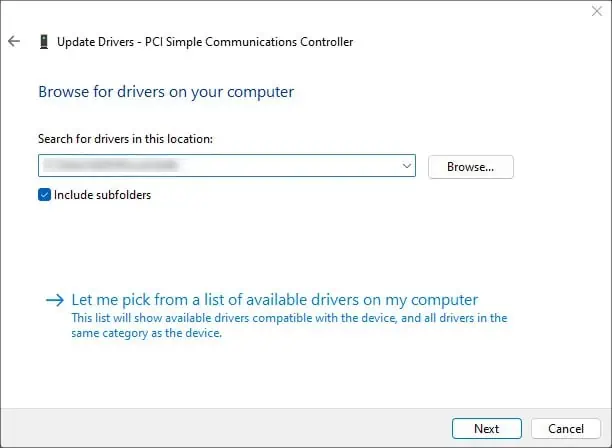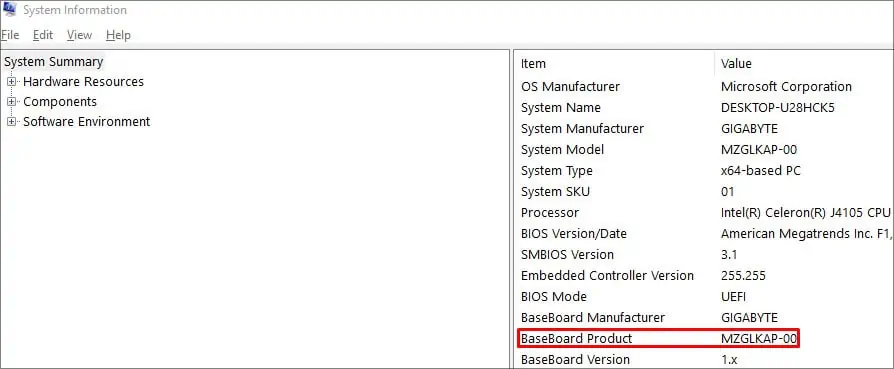The PCI drivers act as an interface between the OS and the PCI devices and ensure that they are working properly. If these device drivers are missing, this can inhibit the PCI devices’ functionality. In the worst cases, they may not work at all.
Generally speaking, things like buggy Windows updates lead to corruption of the driver store, which results in issues such as the PCI Device Driver Missing error.
Since the current PCI driver files are either corrupt, or missing entirely, identifying the device and installing the drivers for it manually will be your best bet at resolving this error. We’ve detailed how to do so in the sections below.
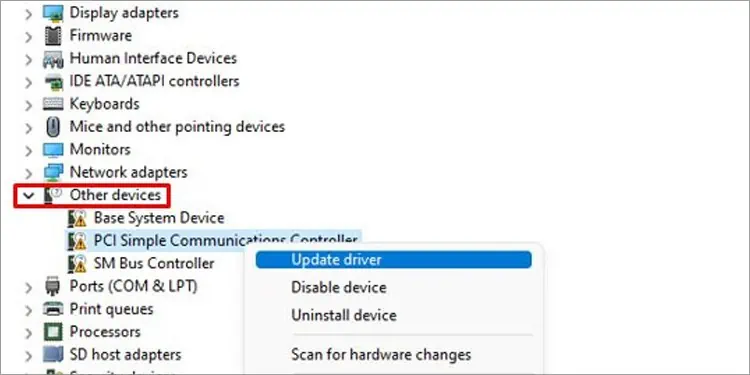
Why is the PCI Device Driver Missing?
Many reasons could go into why the drivers are missing. Usually, outdated or corrupted drivers due to Windows updates are the main reason. If you do not have the motherboard chipset driver installed, then that can also cause the issue. The motherboard chipset acts as a link between the CPU and other components so it is a vital component.
How to Fix PCI Device Driver Missing Issue?
We have come up with all the possible fixes to the problem. Follow along and try each step to see which one works out for you.
The first thing you should try is updating PCI drivers through the control panel. Oftentimes,updating the driversdirectly solves the issue with the drivers.
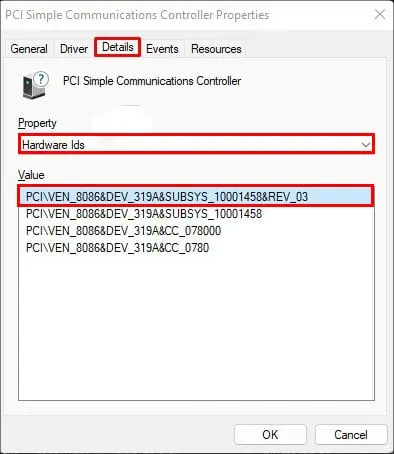
To update PCI drivers in the device manager, follow these steps:
Update Drivers Through the Manufacturer’s Site
Try this method if updating through the device manager did not work. You need to specifically choose the outdated driver – get the hardware ID and download the drivers for it through the manufacturers.
Follow these steps to learn how to do so:
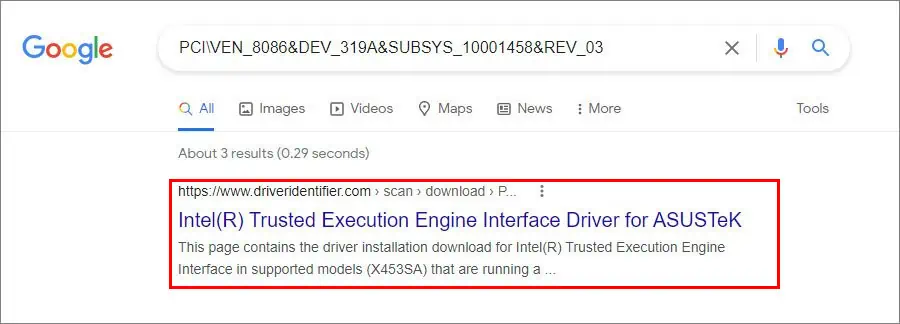
If the downloaded driver files are in the form of executable files, then you may directly install them. If not you will have to manually install them.
To do so, follow these steps:
Download Motherboard Chipset Driver
